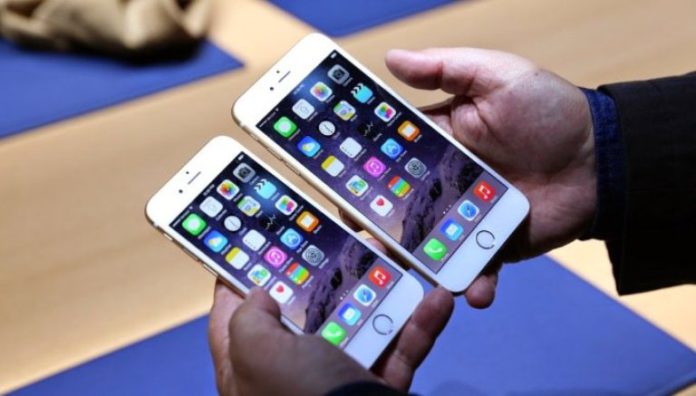Are you suffering from video fatigue? Here are the signs to watch out for

Due to the coronavirus pandemic, work from home (WFH) has become the new normal. Work from home also means one has to strive harder to achieve personal and professional balance.
WFH has led to increased use of laptop, smartphones and other gadgets. These continuous video meetings and video chats can stress one out mentally and physically and lead to a condition called video fatigue.
02/4What is video fatigue?

Video fatigue is a term used for the feeling of being worn out due to overuse of virtual meetings and video chats. Though daily video calls have become the new normal and are convenient, they can take a toll on your mental and physical health.
Getting used to one’s home as office might feel weird, as it can take some time to get used to the ‘new office’ space.
Video calls might also make one feel self-conscious. This can lead to the feeling of social exhaustion in the time of social distancing. The need of the hour is to restore your energy and limit your exposure to electronic gadgets.
03/4Why you should reduce your screen time

By now we all know that our smartphones, laptops and other such gadgets emit blue rays, which are harmful to the eyes and for the sleep centre of the brain. This can cause insomnia by affecting the circadian rhythm and can even lead to an increase in the consumption of caffeine. Insomnia can cause fatigability, irritability and loss of concentration.
Sometimes, the video chat may disturb your routine. This can result in gastritis, acidity, weight gain and fluctuations in the blood sugar levels. Additionally, it can lead to ncreased eye strain, dryness of eyes and terrible headaches. Not only that, prolonged sitting during these video chats can result in back pain.
04/4Some tricks can help beat video fatigue:

– Sit in a room with proper light. Ensure there is no darkness as it can lead to more strain on your eyes.
– Do not sit in one position at a stretch. Keep taking regular breaks. Take 5 rounds of your room every one hour.
– Do not schedule back-to-back video meetings. It is okay to skip a meeting when you are not required to be there. You can also opt for an email interaction or even a phone chat.
– Do not go overboard with work, just because you have extra time in your hands.
– Create a balance between your professional and personal video meetings.
– Try to do a digital detox, if possible. In this time, keep away all your gadgets from you for at least twice a week.
– If you can not do a 2-day detox, try to give yourself at least two hours of no-gadget time in a day.

